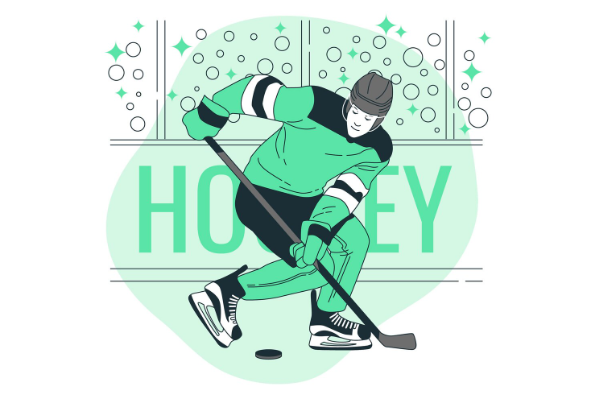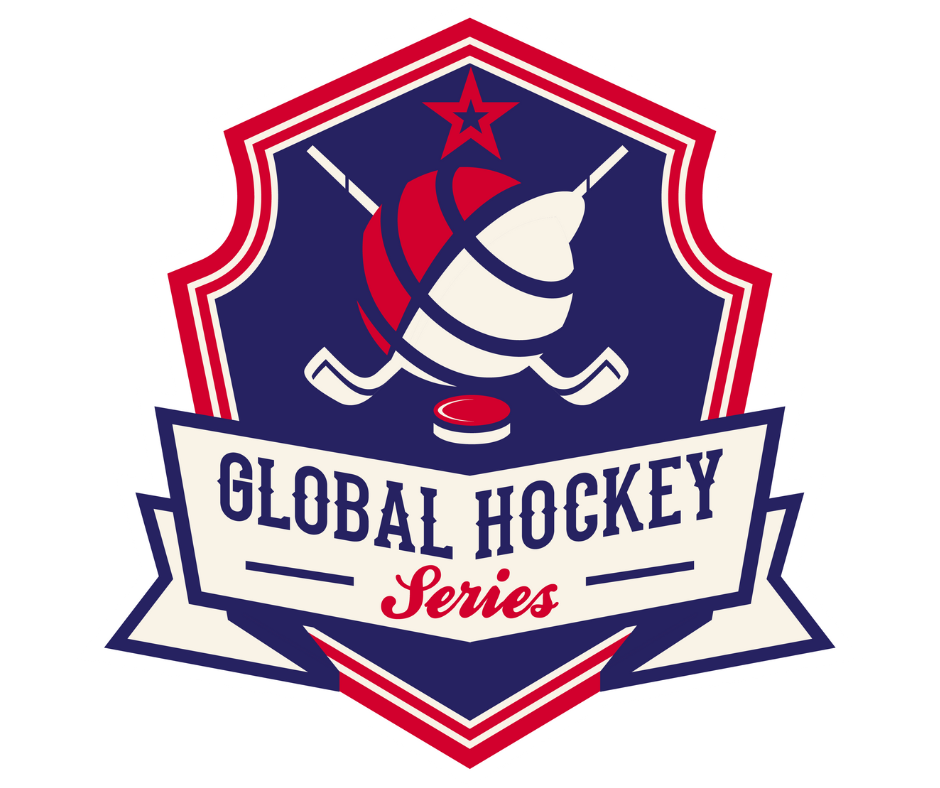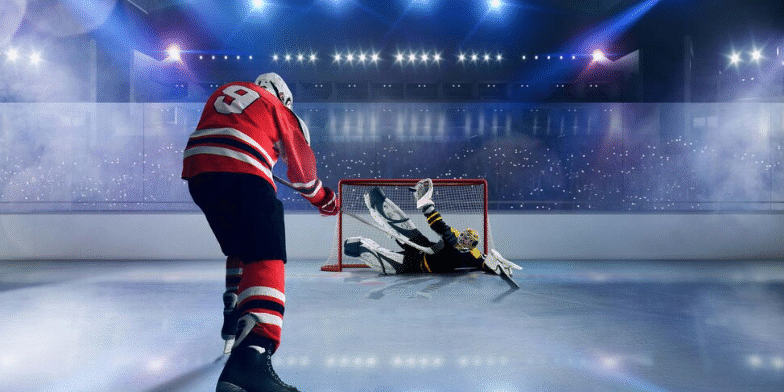Understanding the Real Differences Between the USA and Canada Tournament Rules
If your team is preparing for showcase hockey tournaments, youth hockey tournaments, or even adult ice hockey tournaments, there’s one thing you must get right before the puck drops: understanding the rule differences between USA hockey tournaments and their Canadian counterparts.
While hockey itself doesn’t change—the ice is cold, the goals are the same, and every player wants to win—how the game is played in ice hockey tournaments across the U.S. and Canada can feel like a different experience. From AAA hockey tournaments to competitive men’s hockey tournaments, the rules affect everything from line changes to penalties, and even who makes it to the championship game.
This article isn’t about textbook definitions. It’s about helping coaches, parents, and players walk into any hockey tournament in 2025 with confidence, ready for whatever rulebook they’re skating under.
1. Body Checking: Different Thresholds at Youth Levels
Body-checking rules are among the biggest contrasts between youth hockey tournaments in the U.S. and Canada.
In USA Hockey, checking doesn’t officially enter the game until 14U, aligning with developmental guidelines for physical maturity. But Hockey Canada allows checking earlier in some leagues—even as young as 13U or in AAA hockey tournaments—and some regions adjust for local standards.
So when Canadian teams head to USA hockey tournaments, they may need to tone down the physicality. Conversely, American teams entering Canadian ice hockey tournaments need to prepare their players for more aggressive play earlier than they might be used to.
2. Offside and Icing Rules Vary More Than You’d Think

In American hockey tournaments, the offside rule often includes the delayed or “tag-up” version. That means if your team goes offside but quickly corrects, the play continues.
Canadian tournaments, particularly at the youth and adult levels, typically enforce immediate offside. No second chances.
Icing also shifts: In the U.S., shorthanded teams can ice the puck during penalty kills. In Canada, icing is still called regardless of manpower, common in men’s ice hockey tournaments and even adult hockey tournaments.
That difference? It’s strategic. Penalty-killing units in Canadian hockey tournaments have to skate harder, move the puck faster, and make decisions with less margin for error.
3. Mouthguards and Equipment Rules Can Catch You Off Guard
In USA hockey tournaments, players—especially in youth hockey tournaments—are typically required to wear mouthguards if they’re using a full-face cage.
In Canada, some provinces mandate them, others don’t. This isn’t just a health issue; it can get you disqualified or benched at the worst moment if you’re not compliant.
So if you’re heading into a showcase hockey event in the U.S., pack extra mouthguards and make sure every player knows the rule. You don’t want a 9 AM game turning into a rush to the gear tent.
4. Penalty Limits and Game Suspensions: U.S. Cracks Down Harder
USA Hockey enforces cumulative penalties more strictly than Hockey Canada. Four minor penalties in a game? That player sits next to one. A dozen team penalties? The coach may have to sit too.
That’s a big deal in weekend-long ice hockey tournaments in 2025, where player rotations matter. One bad game could bench your first-line center during the semifinals.
Canadian showcase hockey tournaments often offer more leeway, but that doesn’t mean the refs won’t toss you for misconduct.
For adult hockey tournaments, the same vigilance applies. Respecting the whistle goes a long way when the stakes are high.
5. Faceoff Rules: Placement Impacts Strategy
Another subtle difference is faceoff dot placement.
In the U.S., referees can place the puck at a dot that benefits the attacking team after certain infractions. Canada sticks strictly to the closest dot rule.
If your AAA team relies on set plays or practice draws in certain zones, this can impact how you approach offensive momentum in ice hockey tournaments.
6. Checking Rules by Division and Tier: It’s Not Always Age-Based

One unique element of Canadian youth hockey tournaments is that checking rules may be enforced by tier, not just age.
A Canadian 14U “A” team may not be allowed to check, while a 14U “AA” team can. In the U.S., if a player is at the checking age level, contact is usually expected in every division.
So, when entering hockey tournaments in 2025 that bring in international teams, always confirm what level of physical play will be enforced before game one.
7. Rosters, Suspensions, and Eligibility Vary by Governing Body
This one’s key: Suspensions in USA Hockey don’t always transfer to Hockey Canada, and vice versa.
That means a player serving a penalty in their home league could technically play in a cross-border tournament—unless the tournament organizer states otherwise. Some USA hockey tournaments will honor out-of-country suspensions; others won’t.
To stay out of trouble, always ask: Is the event sanctioned? Are suspensions enforced across borders? Especially in AAA hockey tournaments where visibility is high, don’t risk a game on a technicality.
8. Game Length, Overtime, and Shootouts: It’s Not Universal
Most ice hockey tournaments use three periods of 13–15 minutes of stop time. But how overtime is handled varies dramatically.
USA tournaments often include 3-on-3 overtime followed by a 3-player shootout. Canadian tournaments may jump straight to a shootout during pool play, saving OT for finals.
Coaches need to prep players for both scenarios. Do you train for overtime or not? Do you rotate shooters in advance?
It’s these small prep details that separate teams who advance from those who just show up.
Also Read: California Beach Bash 2025 – Youth Hockey Tournament CA
9. Medical Staff Requirements: More Common in the U.S.
USA hockey tournaments—especially larger showcase hockey events—often require each team to have a certified trainer or emergency medical technician (EMT) present.
In Canada, this varies by event. Some adult hockey tournaments or smaller regional events may not require it, though many still provide rinkside support.
Smart teams come prepared regardless. Injuries are part of the game, and having a designated responder can turn a crisis into a manageable timeout.
Final Takeaway: Knowledge Wins Tournaments

Whether you’re competing in a men’s ice hockey tournament in Toronto or a youth hockey tournament in Chicago, your team’s success comes down to two things: how well you play and how well you prepare.
Knowing the rulebook, the sanctioning body, and what’s enforced locally is part of the mental game. It keeps players focused and coaches ready to lead with confidence.
These aren’t just fine-print details—they’re the rules that shape your strategy and define your weekend.
Ready to Play Confidently in 2025?
If your team is planning to hit the road for a showcase hockey tournament, a high-stakes AAA event, or a fast-paced adult ice hockey tournament, don’t just show up—show up prepared.
Know the rules.
Confirm rosters and equipment.
Train for both game styles.
Discover upcoming USA and Canada hockey tournaments and take your 2025 schedule to the next level at GLHL.







